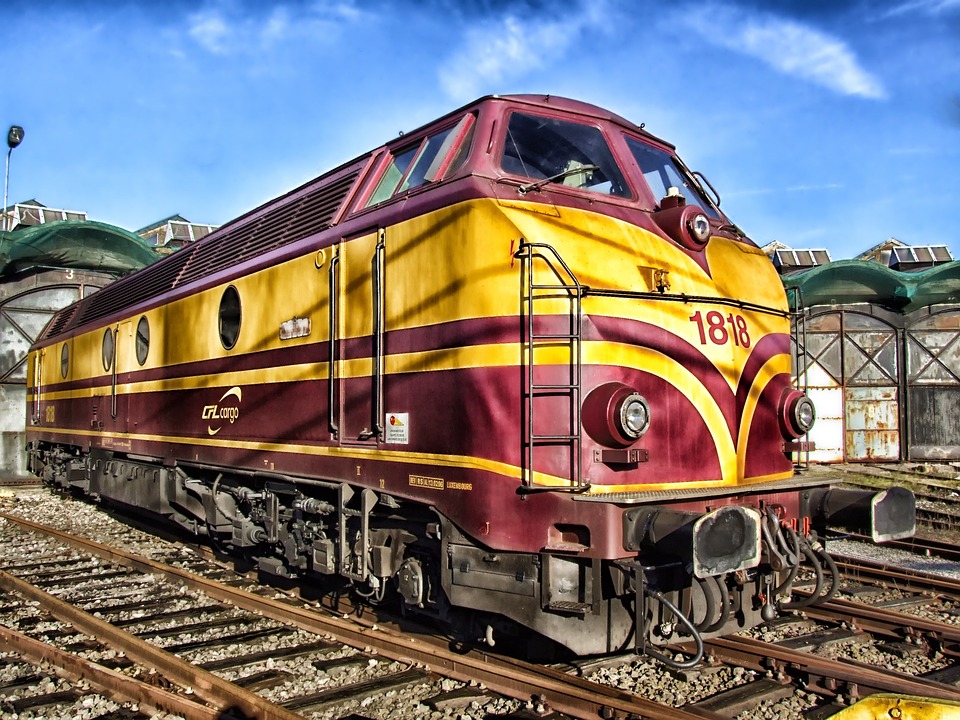The Midland Railway and the Victorian Era
The Midland Railway played a significant role in the development of transportation during the Victorian Era. Established in 1844, the Midland Railway quickly became one of the largest and most profitable railway companies in the United Kingdom. Its extensive network connected major cities and towns, revolutionizing travel and trade in the country.
Impact on Society
The Midland Railway had a profound impact on society during the Victorian Era. Prior to the construction of railways, travel was slow and unreliable. The introduction of the Midland Railway made it possible for people to travel long distances in a fraction of the time it would have taken by horse-drawn carriage. This had a profound effect on the way people lived and worked.
With the advent of the Midland Railway, people were able to travel for pleasure and leisure, opening up new opportunities for exploration and adventure. The railway also facilitated the movement of goods and raw materials, leading to an increase in trade and commerce. This helped to fuel the industrial revolution and boost the economy.
Furthermore, the Midland Railway played a crucial role in the development of urban areas. The construction of railway lines often led to the creation of new towns and suburbs, as people were drawn to the convenience of living near a railway station. This led to the growth of cities and the expansion of the middle class.
Impact on Culture
The Midland Railway had a significant impact on Victorian culture. The railway made it possible for people to travel to new and exotic locations, exposing them to different cultures and ways of life. This led to a greater sense of connection and understanding between people from different backgrounds.
The railway also had a profound influence on art and literature. The sights and sounds of the railway inspired artists and writers, leading to the creation of works that celebrated the beauty and excitement of train travel. The railway also became a symbol of progress and modernity, reflecting the optimism and ambition of the Victorian Era.
Furthermore, the Midland Railway played a key role in the development of leisure activities. The railway made it easier for people to travel to the countryside and coastal resorts, leading to the popularity of day trips and vacations. This helped to popularize outdoor recreation and the concept of the “seaside holiday.”
Legacy
The legacy of the Midland Railway can still be seen today. Many of the railway lines and stations that were constructed during the Victorian Era are still in use, connecting towns and cities across the country. The Midland Railway also helped to shape the landscape of Britain, influencing the development of urban areas and contributing to the growth of the economy.
Furthermore, the Midland Railway had a lasting impact on the way people think about transportation. The railway revolutionized the way people travel, making it faster, cheaper, and more accessible. The idea of the railway as a symbol of progress and modernity continues to resonate with people today, inspiring new innovations and developments in transportation.
In conclusion, the Midland Railway played a vital role in shaping society and culture during the Victorian Era. Its influence can still be felt today, as the legacy of the railway lives on in the transportation systems and urban landscapes of the United Kingdom.
Conclusion
The Midland Railway was a pioneering force in the development of transportation during the Victorian Era. Its extensive network of railway lines connected major cities and towns, revolutionizing travel and trade in the country. The impact of the Midland Railway on society and culture was profound, leading to greater mobility, economic growth, and a sense of connection between people from different backgrounds. The legacy of the Midland Railway can still be seen today, as its influence continues to shape the way people think about transportation and progress.
